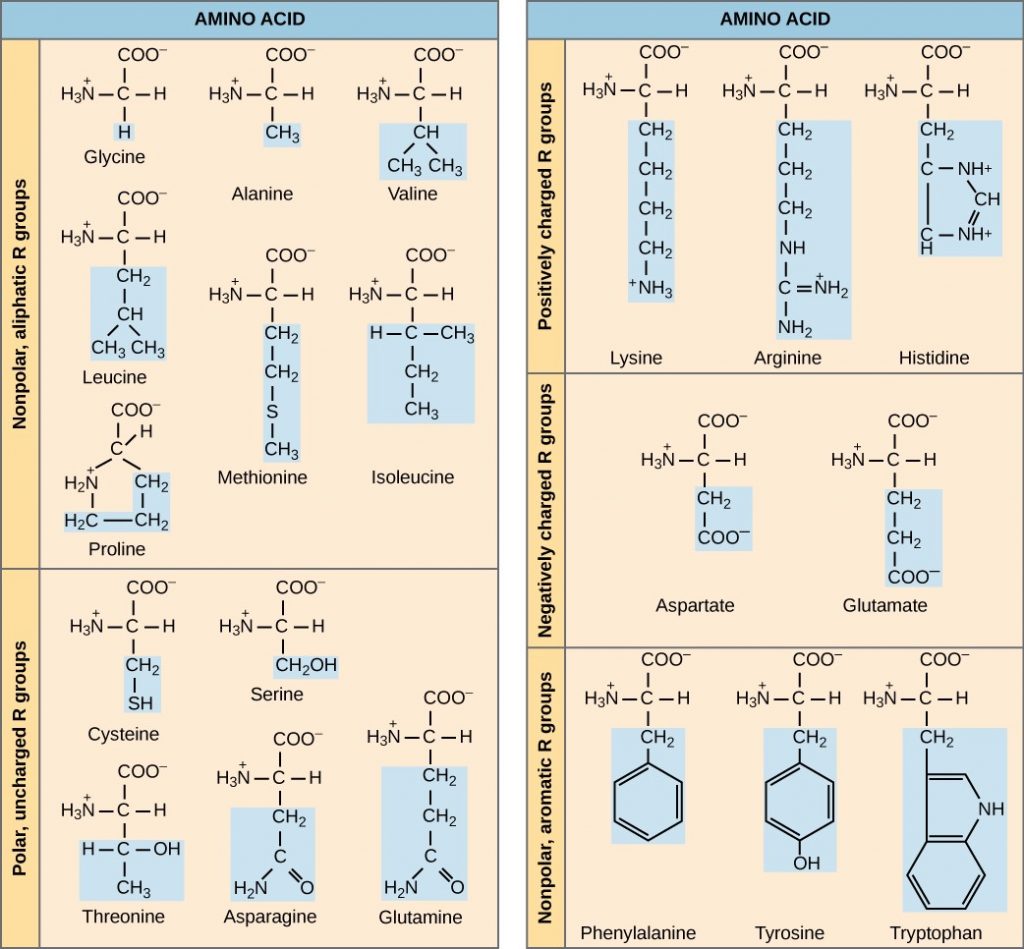
 Basic raw materials for shoyu, as well as foods on the whole and cash to purchase meals had been all in precariously short provide. Among different things, there are various sugar-crammed conveniences foods: from breakfast cereals, cakes, cookies and sweets to frozen foods for cooking in the microwave. By 1976 it was proven that these new cooking conditions substantially affected shoyu yields; also the soybeans began to be cooked in a continuous cooker. It’s interesting to notice that presently and as much as the present in America, the most generally used soy sauce was nonfermented HVP soy sauce, the poorest grade in Japan, which can be discontinued altogether there in the 1970s. By 1964 solely 0.2% of all Japanese shoyu was exported, however the quantity was increasing. The second course of was for „fast-fermented shoyu“ ( sokujo shoyu ) ready by fermenting the moromi mash at 35-40°C to reduce the required time to three or 4 months.
Basic raw materials for shoyu, as well as foods on the whole and cash to purchase meals had been all in precariously short provide. Among different things, there are various sugar-crammed conveniences foods: from breakfast cereals, cakes, cookies and sweets to frozen foods for cooking in the microwave. By 1976 it was proven that these new cooking conditions substantially affected shoyu yields; also the soybeans began to be cooked in a continuous cooker. It’s interesting to notice that presently and as much as the present in America, the most generally used soy sauce was nonfermented HVP soy sauce, the poorest grade in Japan, which can be discontinued altogether there in the 1970s. By 1964 solely 0.2% of all Japanese shoyu was exported, however the quantity was increasing. The second course of was for „fast-fermented shoyu“ ( sokujo shoyu ) ready by fermenting the moromi mash at 35-40°C to reduce the required time to three or 4 months.
Recall that traditionally it was stated that shoyu started on the coldest time of 12 months was best. Just a few of the larger manufacturers produced the highest quality product requiring fermentation for greater than a year (Yokotsuka 1960, 1964). Ichiyama in 1968 estimated that about 50% of all shoyu was quick shoyu and (partially included in this) about 40% of the entire yield was HVP shoyu, with increased grades containing 30% HVP and decrease grades 70%, added to fermented shoyu. Although this shoyu might be produced at a decrease price, it was organoleptically inferior to that fermented on the pure temperature since it contained less glutamic acid and alcohols, less nitrogen, and extra organic acids. The next pasteurization temperature (80°C) began for use through the conflict to protect the very dilute shoyu from film-forming yeasts and to provide it more taste, and after the battle to dissolve the BPHB preservative. By the mid-1960s the temperature range had been reduced to 30-35°C, and a lower temperature was used originally to improve the taste. Though not toxic, these brought on a slight, sluggish deterioration of the taste. Research also superior quickly after 1960, the preferred subjects being shoyu microorganisms and taste compounds, plus the eternal theme of how to provide a better product, faster, with higher nitrogen recovery, at a lower value (Yokotsuka, 1960, 1964, 1981). Much work was achieved on the three key but difficult shoyu processes: culturing the mold, stirring the koji mass, and heat therapy/pasteurization.
With the departure of Miss Appleton and the American-led occupation forces, some shoyu makers returned to their conventional strategies, however most (both large and small) continued to use defatted soybeans and the chemical hydrolysis strategies, plus the short-heated fermentation. This new compromise course of, which combined chemical hydrolysis with fermentation, yielded a product which came to be often called semichemical shoyu (shinshiki shoyu), and which has a better odor than plain chemical shoyu. Shoyu makers had to depend totally on imported American soybeans allotted by Miss Appleton. An estimated 80% of all shoyu makers used some HVP. A very good-high quality fermented shoyu won’t have any white yeast films on its floor because it inherently comprises pure preservatives, which are yeast static compounds (Yokotsuka 1960). The first widely used preservative was butyl-p-hydroxy benzoate (BPHB); in exports, benzoic acid was usually used since some countries did not allow the BPHB. On the shelves of „Phytomarket“ you will find a big number of them, and consultants will recommend how to include superfoods within the every day menu.
In about 1964 epoxy/resin coated tanks for moromi mash fermentation have been introduced; their numbers quickly passed these of conventional cedar vats (many of which were still utilized in 1984), however could not match the large variety of concrete vats. This product, introduced within the 1920s and now known as „amino acids supplier Europe acid shoyu“ ( amino-san shoyu ), required no fermentation and could possibly be bought at a low value, despite its considerably unpleasant taste and aroma. Starting in the 1960s Japan’s shoyu business made main technological advances, transforming itself into one of the crucial trendy and sophisticated fermentation industries in East Asia. However the country was changing into more affluent and consumers were prepared to pay a bit of more for his or her favorite seasoning, so between 1964 and 1970 the major makers (Kikkoman, Yamasa, Higeta) all stopped using HVP and returned to creating fermented shoyu, although typically 85% of the soybeans were defatted. The increased use of defatted soybean meal and HVP, which upset the standard biochemical steadiness within the shoyu, led to further issues, together with the need to use preservatives. Within the semichemical course of defatted soybean meal was first partially hydrolyzed by dilute (7-8%) hydrochloric acid, then neutralized with sodium hydroxide. Equal elements of soybeans and wheat had been blended with 20% hydrochloric acid, then after a number of hours the liquid was filtered off, neutralized with sodium hydroxide, blended with caramel coloring, corn syrup, salt, and water, then pasteurized, bottled and bought.